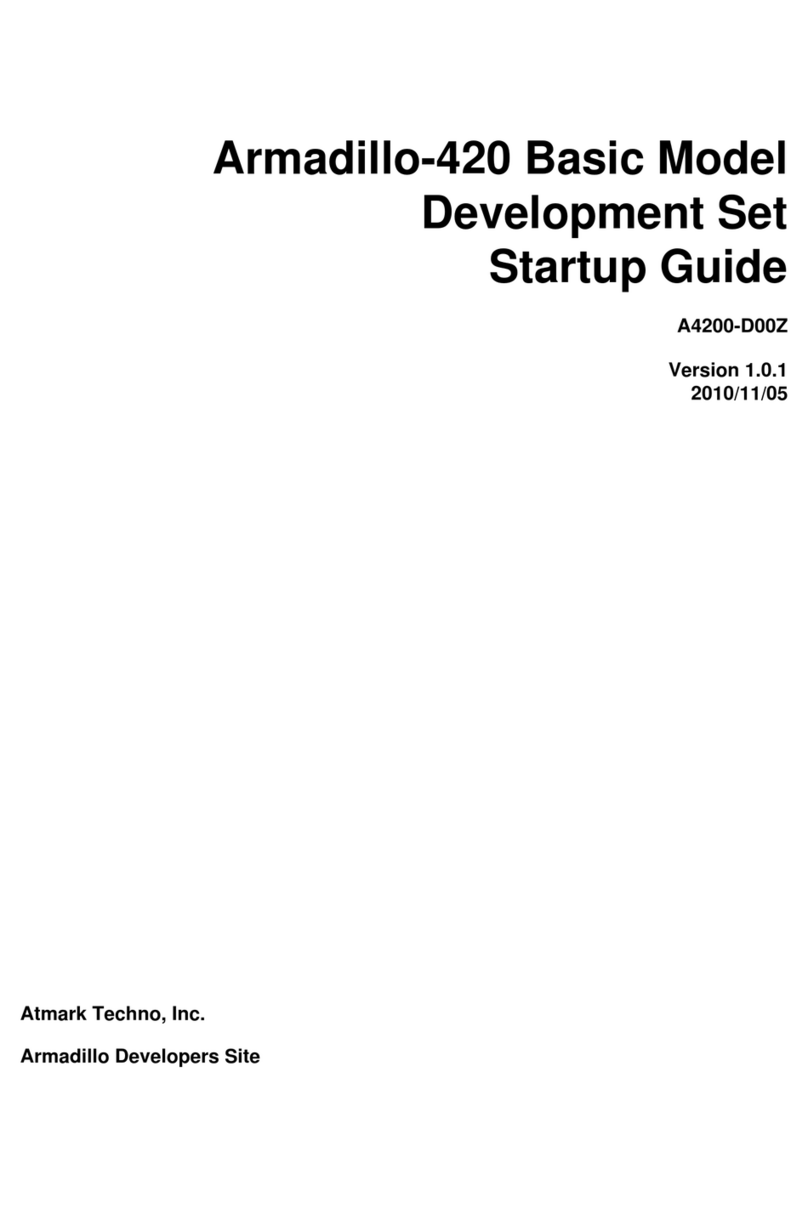
List of Figures
3.1. Layout Diagram ................................................................................................................................. 16
3.2. Connection Diagram ........................................................................................................................... 17
3.3. microSD Insertion Diagram .................................................................................................................. 18
4.1. Boot Log .......................................................................................................................................... 19
4.2. Shutdown Method .............................................................................................................................. 23
5.1. Function Tests - Menu ......................................................................................................................... 24
5.2. Function Tests - LEDs ......................................................................................................................... 25
5.3. Function Tests - Buttons ...................................................................................................................... 25
5.4. Function Tests - Touch Screen .............................................................................................................. 26
5.5. Function Tests - Backlight ................................................................................................................... 26
5.6. Function Tests - Sound ........................................................................................................................ 27
5.7. Function Tests - RTC .......................................................................................................................... 27
5.8. Stopping Automatic Startup ................................................................................................................. 28
5.9. Starting Automatic Startup ................................................................................................................... 28
6.1. Static IP Address Configuration ............................................................................................................ 30
6.2. DHCP Configuration .......................................................................................................................... 30
6.3. DNS Server Configuration ................................................................................................................... 30
6.4. Enabling Configuration ....................................................................................................................... 31
6.5. Ping Confirmation .............................................................................................................................. 31
6.6. iptables ............................................................................................................................................ 31
6.7. telnet ............................................................................................................................................... 31
6.8. ftp ................................................................................................................................................... 32
6.9. Starting sshd ...................................................................................................................................... 32
6.10. ssh ................................................................................................................................................. 32
6.11. ntpclient .......................................................................................................................................... 33
6.12. mail ............................................................................................................................................... 33
6.13. AT Admin: Overview ........................................................................................................................ 34
6.14. AT Admin: System Username / Password Authorization .......................................................................... 35
6.15. AT Admin: System - System Overview ................................................................................................ 37
6.16. AT Admin: System - Network ............................................................................................................. 39
6.17. AT Admin: System - Network Update .................................................................................................. 41
6.18. AT Admin: System - Password ............................................................................................................ 42
6.19. AT Admin: System - Firmware ........................................................................................................... 43
6.20. AT Admin: System - Updating Firmware .............................................................................................. 45
6.21. AT Admin: System - Save & Load ....................................................................................................... 46
6.22. AT Admin: System - Reload ............................................................................................................... 47
6.23. AT Admin: System - Reboot ............................................................................................................... 48
6.24. Internet Explorer Explorer Bar Configuration ......................................................................................... 50
6.25. "Bonjour" Explorer Bar ..................................................................................................................... 50
6.26. Web Server Top Page ........................................................................................................................ 51
7.1. mount Command Format ..................................................................................................................... 52
7.2. Mounting Storage ............................................................................................................................... 52
7.3. Unmounting Storage ........................................................................................................................... 53
7.4. Altering Partitions with the fdisk Command ............................................................................................ 53
7.5. EXT3 Filesystem Creation ................................................................................................................... 54
8.1. Playing Back Sound ............................................................................................................................ 56
8.2. Recording Sound ................................................................................................................................ 56
8.3. Checking Volumes ............................................................................................................................. 56
8.4. Changing Volume .............................................................................................................................. 56
9.1. evtest Command Format ...................................................................................................................... 57
9.2. swmgr Command Format ..................................................................................................................... 57
9.3. swmgr Example 1 ............................................................................................................................... 58
9.4. swmgr Example 2 ............................................................................................................................... 58
Armadillo-440 LCD Model Development Set Startup Guide Startup Guide
5



























